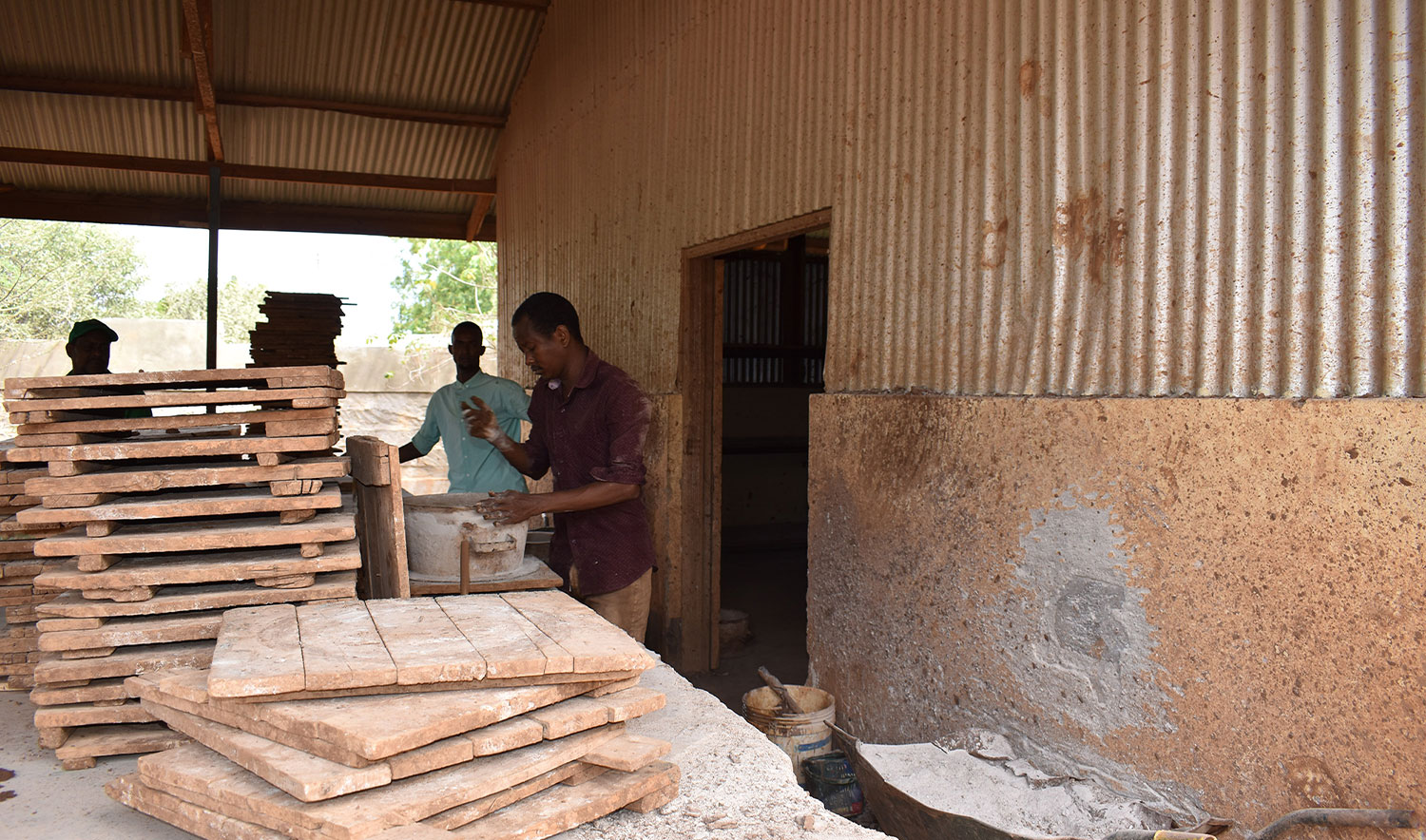Energy Saving Stoves and Solar Lantern Lamps Distribution
Period: 2013 to Current
Donor: 







Period: 2013 to Current
Donor: 







Access to food, water, shelter and medical care are the immediate priorities for refugees. However, access to energy is very important, although this has not received significant attention for many years. This is however starting to change because safe and reliable energy access, or the lack of it, plays a central role in the life of many refugees. Refugee camps are seen as temporary establishments, because the hope is that at some point the people living there will be able to return to their homes. Therefore, long term investments, such as connecting the camps to the grid or providing them with expensive energy solutions are often discouraged. However, on average, people spend 17 years in a refugee camp. During this time, they usually have to rely on energy sources, such as biomass or kerosene for cooking and lighting which are mostly used in an unsafe, unhealthy and inefficient way. Replacing these energy sources or devices with sustainable energy solutions in camps would have numerous advantages for refugees as well as for the host community and the environment.
Cooking with biomass on open fires has severe negative health effects for refugees. The exposure to smoke from open fires is estimated to cause 20,000 premature deaths amongst refugees each year. Access to efficient cook stoves can provide a solution to some of these problems. Since they consume less fuel, efficient stoves result in considerable savings for refugees in terms of money, and time spent collecting firewood. Through improved combustions, efficient stoves also minimize the health risks associated with indoor air pollution caused by cooking.
Further, lack of lighting is another major problem in many refugee camps. After sunset, camps are often completely dark. This means that many activities can only be completed during the day. For example, children cannot do their homework in the evenings, reducing their chances of completing their education. Not having lights in a refugee camp also creates safety and gender based violence issues. Many people, especially woman and children, do not feel safe walking around the camp after nightfall. The satisfaction of lighting needs by the use of kerosene lamps presents a further hazard for the household members. Acute and chronic kerosene exposure causes respiratory problems, convulsions or dermatitis. Additionally, having light (as well as other electrical powered devices such as fridges) is especially important in medical stations. Currently many medical stations in refugee camps are powered by diesel generators, resulting in high fuel costs and environmental pollution. However, connecting refugee camps to the national grid in order to provide them with lighting is often not a viable solution due to their classification as temporary structures and also because refugee camps are often based in very remote locations and therefore a grid connection would be extremely expensive.
Solar powered technologies provide the best option for bringing lighting into refugee camps, in the form of solar street lights or pico-PV systems such as solar lanterns. While these technologies do often have a higher upfront cost they provide long terms savings. The fuel savings for a refugee family which owns a solar light can be significant. Additionally, as most of the solar lanterns also have a USB ports, this allows refugees to charge their mobile phones, which are often the only way for refugees to communicate with family and friends who live outside of the camp
To respond to the energy access related challenges in Dadaab refugee camp, RRDO received funding from CIDA’s Light Years Ahead, whose main objectives were to: (i) provide Improved Cook Stoves (ICS) and solar lanterns to refugees in order to reduce cooking fuel and to light the refugee homesteads, and (ii) to reduce indoor air pollution and its associated health impacts, as well as amount of time spent in search of firewood. CIDA funded UNHCR to procure 24,518 high quality ICSs and 9,000 solar Lanterns for refugees living in Dagahaley, Ifo2, Ifo1, Hagadera and Kambioos camps. To promote local economy, UNHCR contracted the services of local artisans to produce the stoves in three months’ period.
While the distribution of the ICS and the solar lanterns was meant to be undertaken by RRDO and FaIDA, RRDO distributed most of the products i.e. 18,000 across three camps (Dagahaley, Ifo and Ifo1), and another 5,000 solar lanterns in Ifo2 refugee camp.
To undertake effective distribution of both ICS and solar lanterns, RRDO facilitated planning meetings in Ifo2, Dagahaley and Ifo1 refugee camps, bringing together refugee leaders, UNHCR and other Implementing Partners. The planning meetings aimed at sensitizing targeted refugees about the project, as well as sharing relevant project information about the project with UNHCR field offices, as well as other implementing and operating Partners of UNHCR in each of the targeted camps. In addition, these meetings sort to discuss and agree on a general criterion for selection of beneficiaries.
Following the consultations during the planning meeting, it was agreed that protection cases (individuals, Transit Centres, Safe Havens) recommended by UNHCR; HHS without any ICS; differently abled persons; orphans; female headed HHs; vulnerable HHs supporting terminally sick people and extremely poor HHs would be given priority for these technologies. Close coordination and collaboration with UNHCR field office was critical throughout the process to ensure its success.
Adding {{itemName}} to cart
Added {{itemName}} to cart